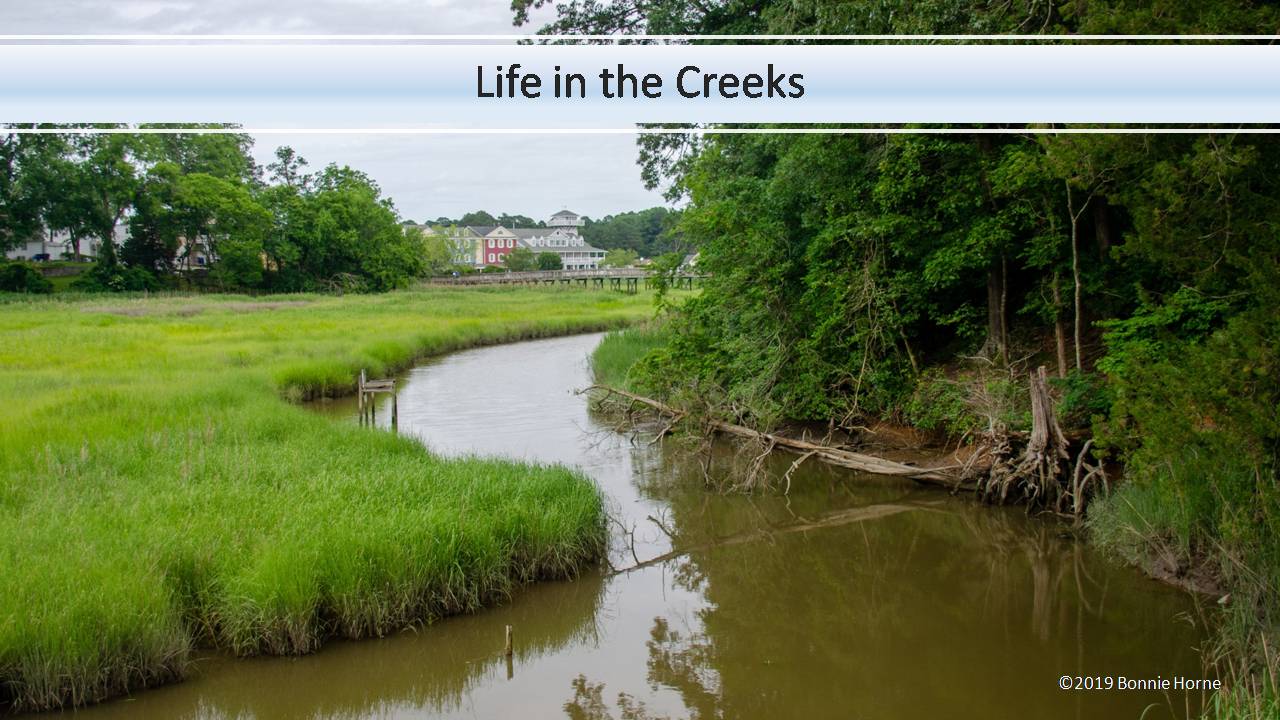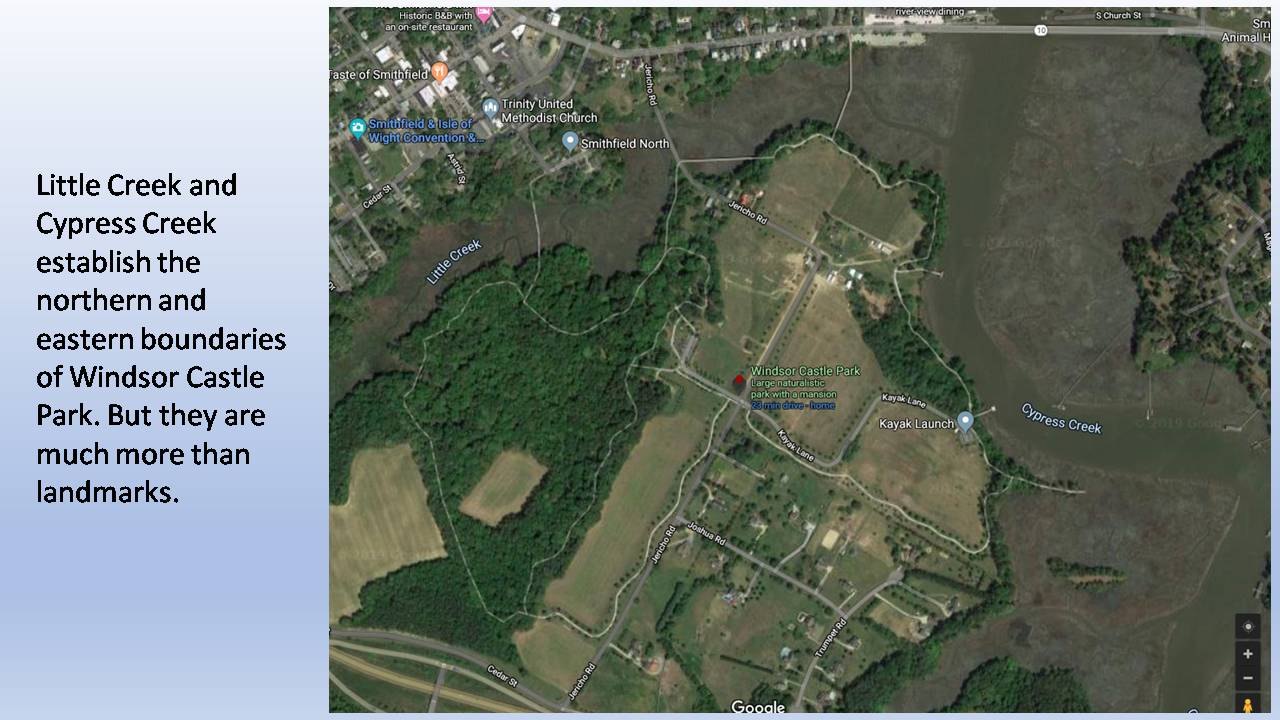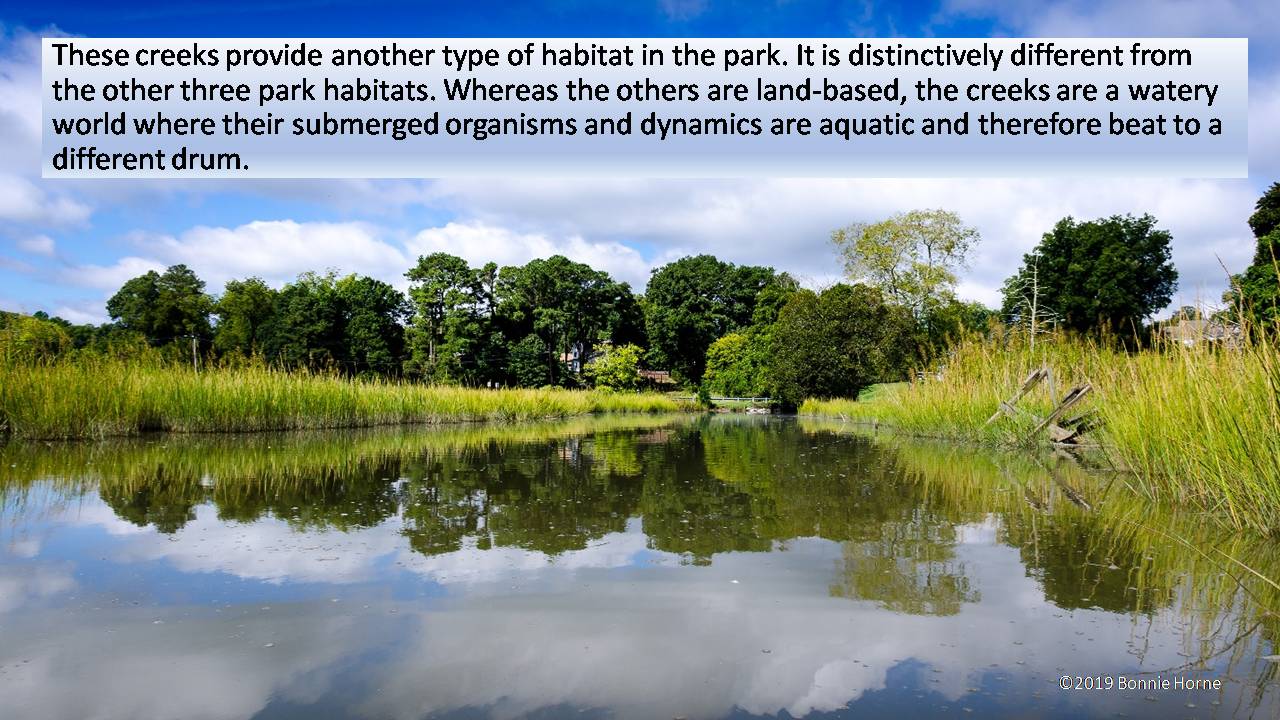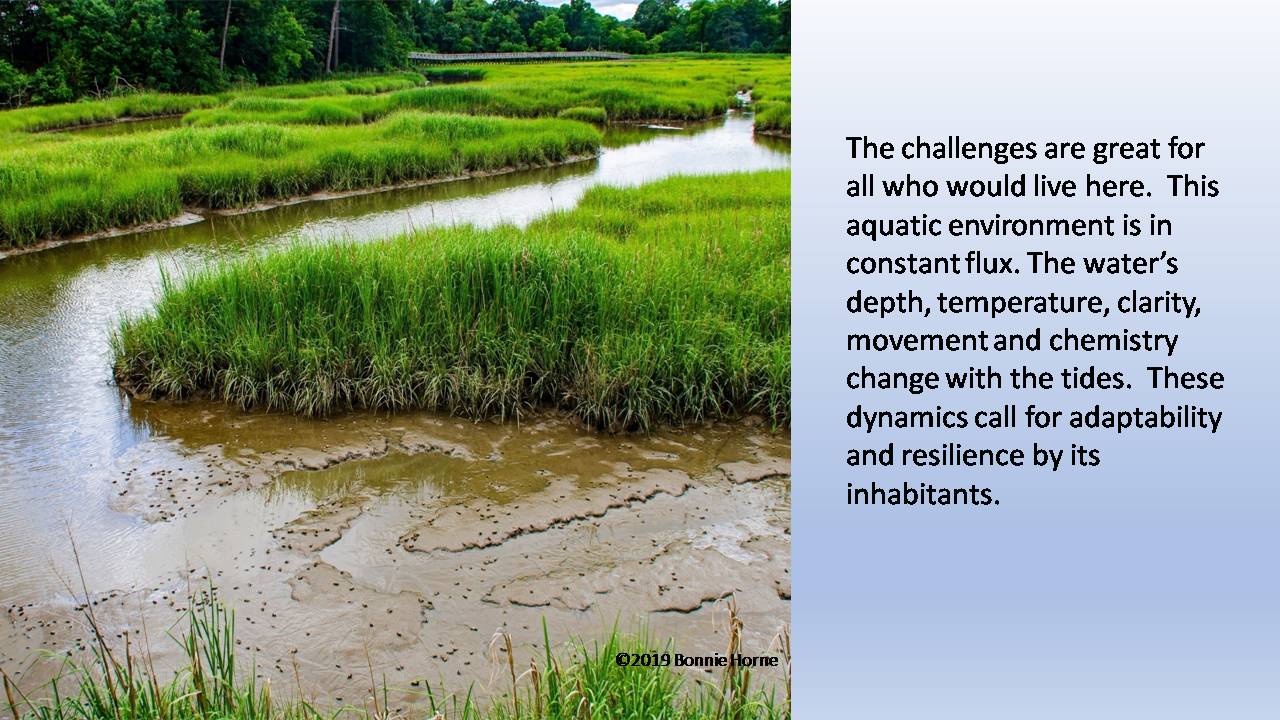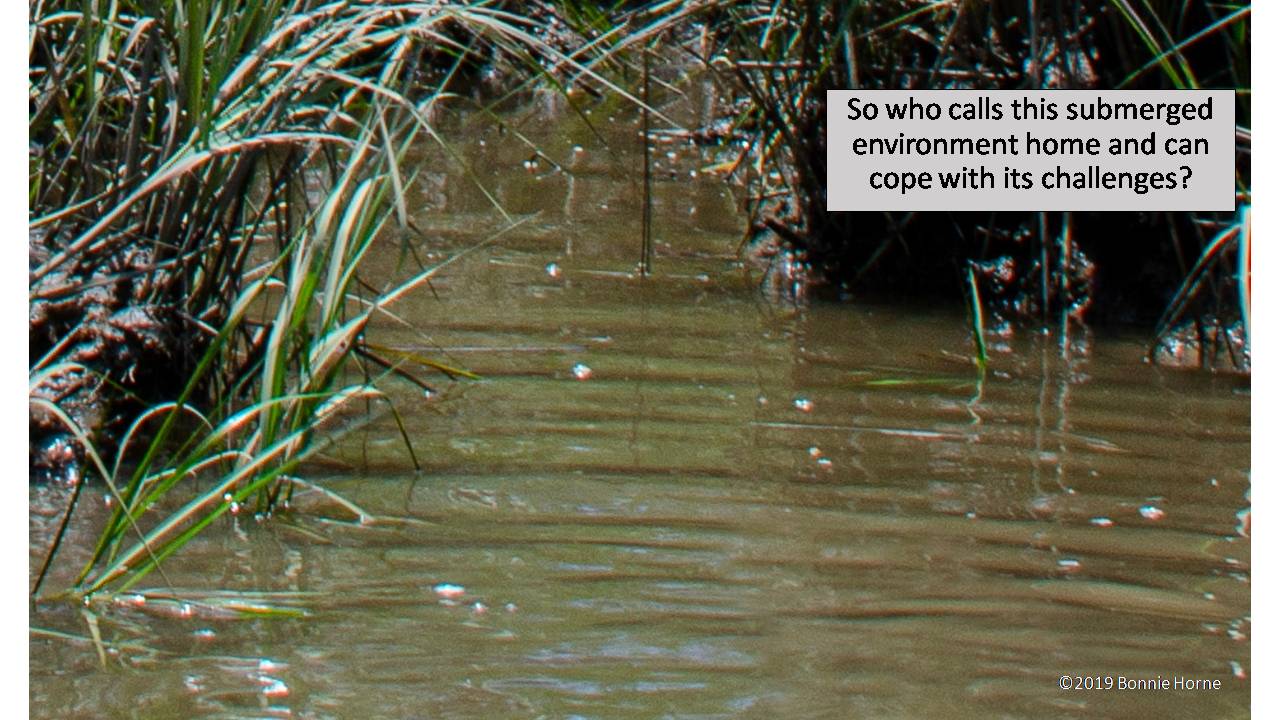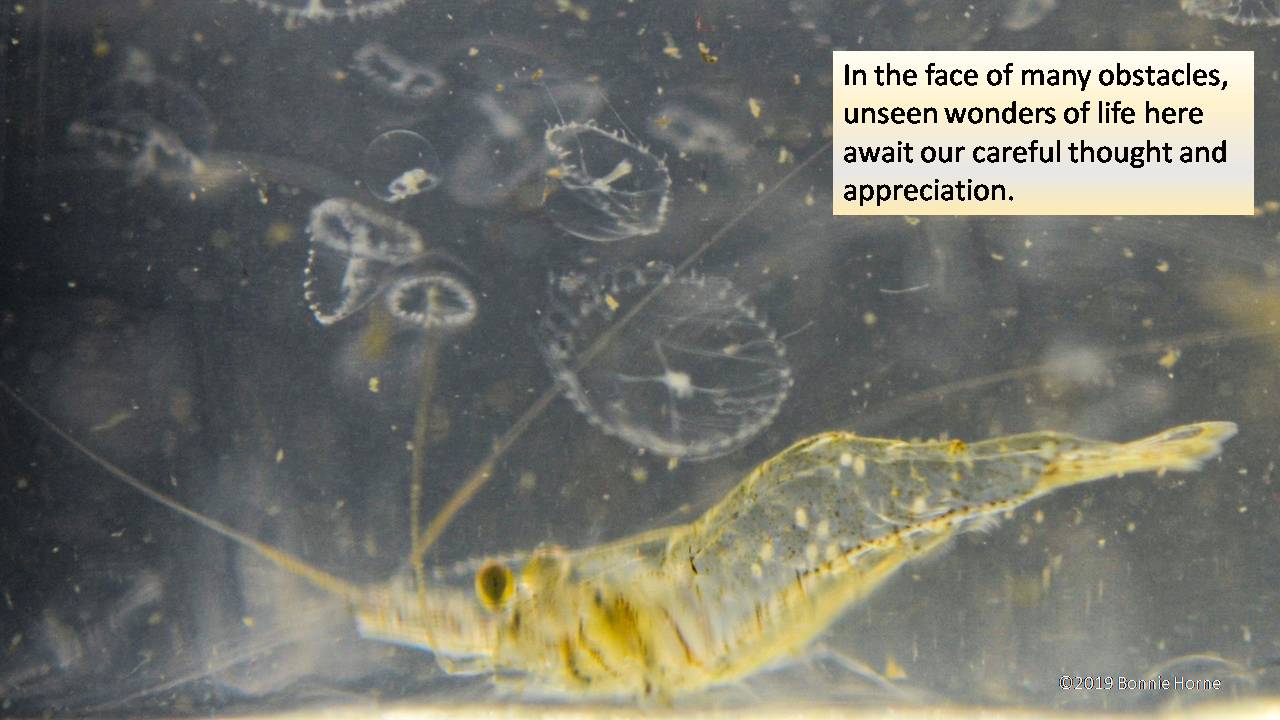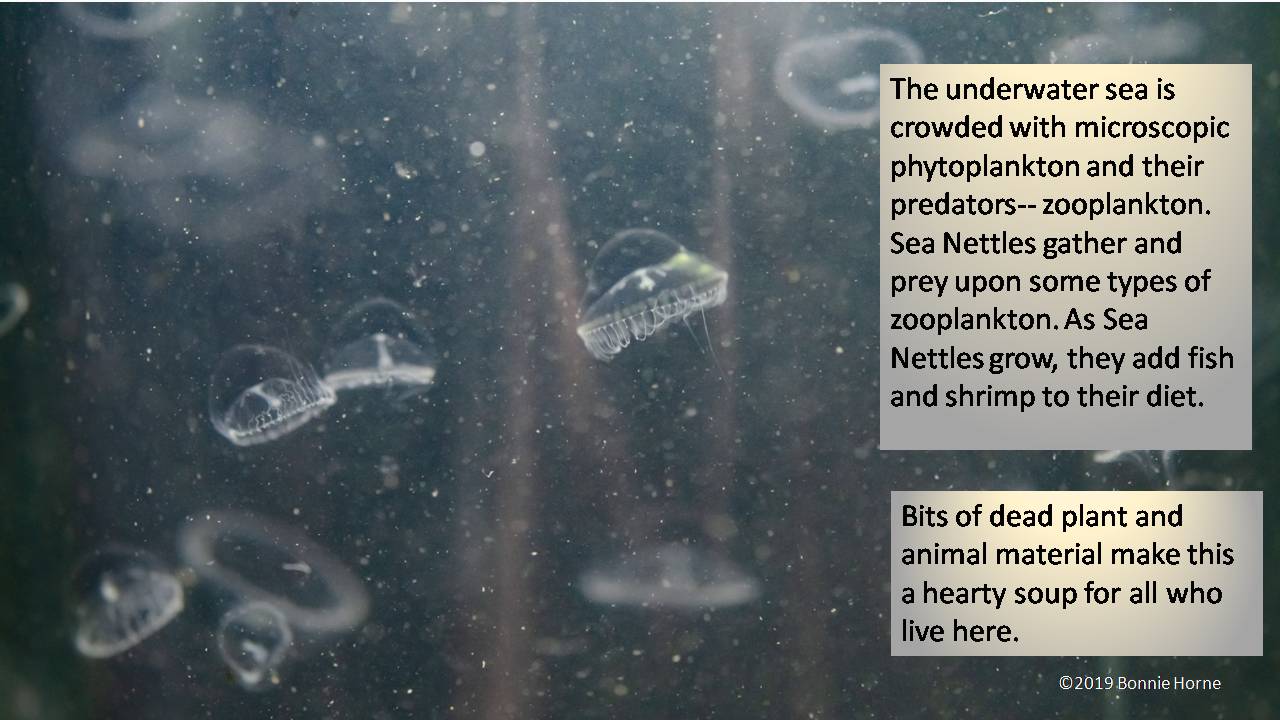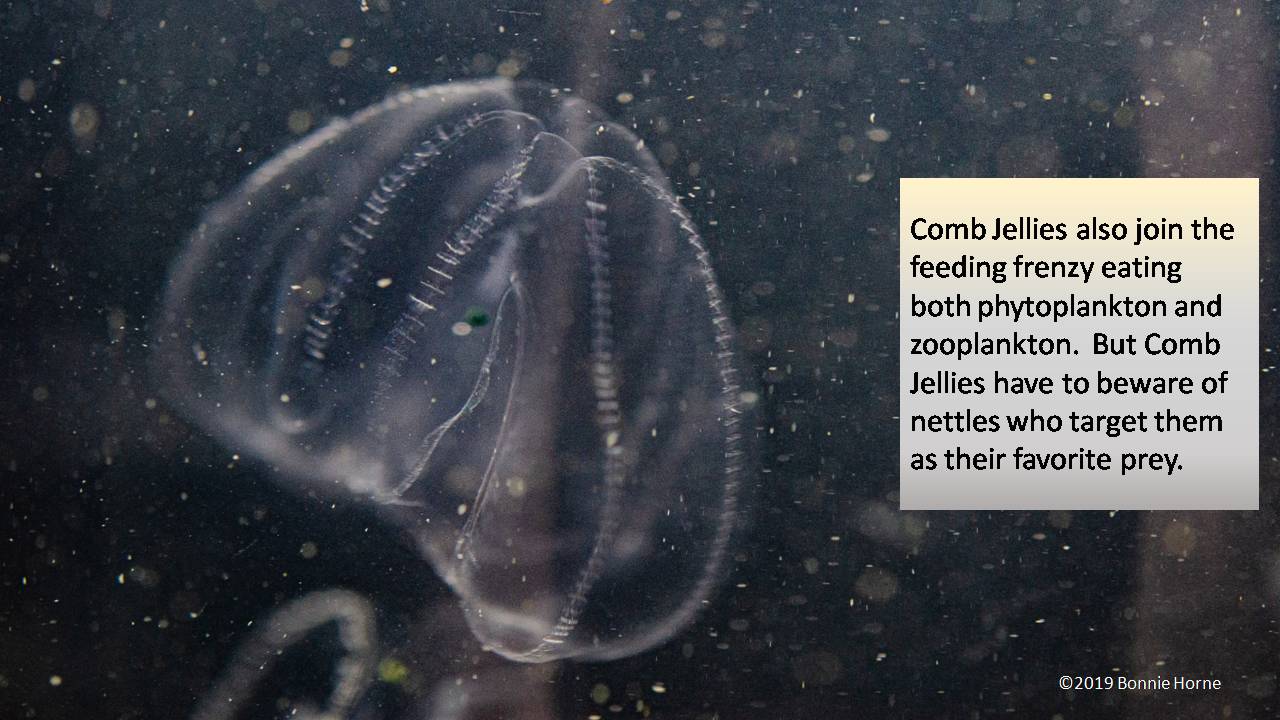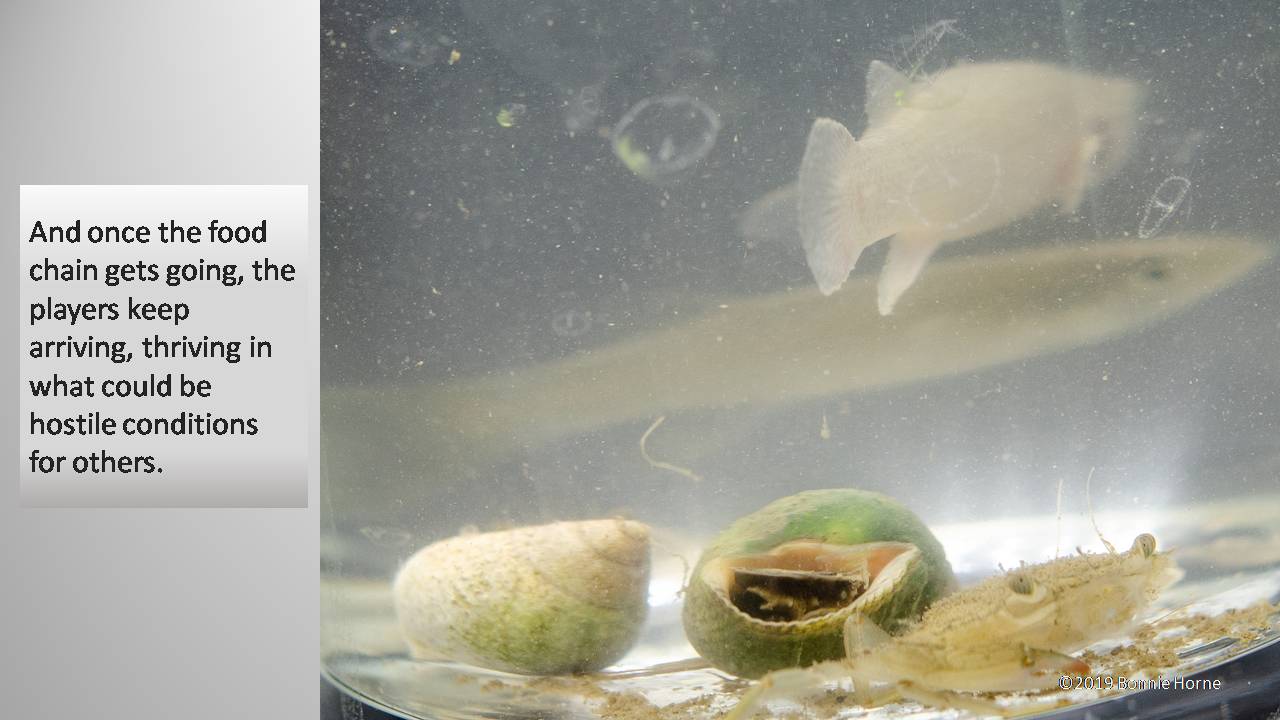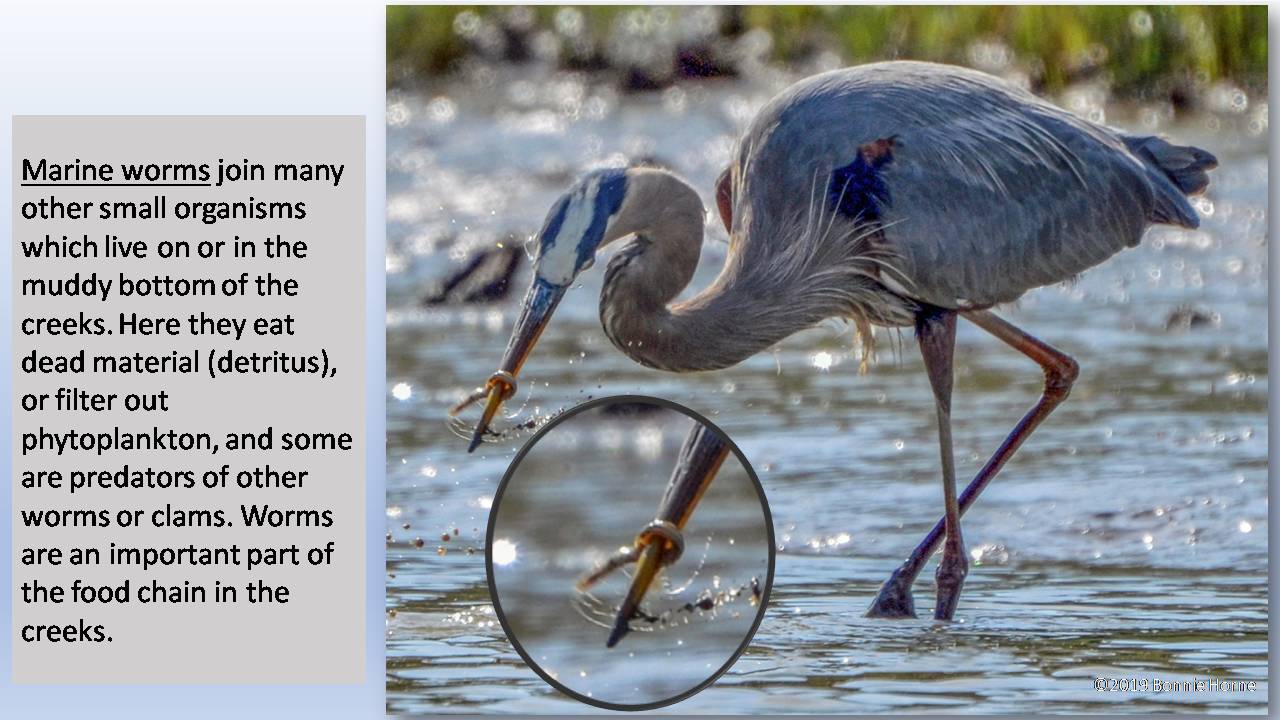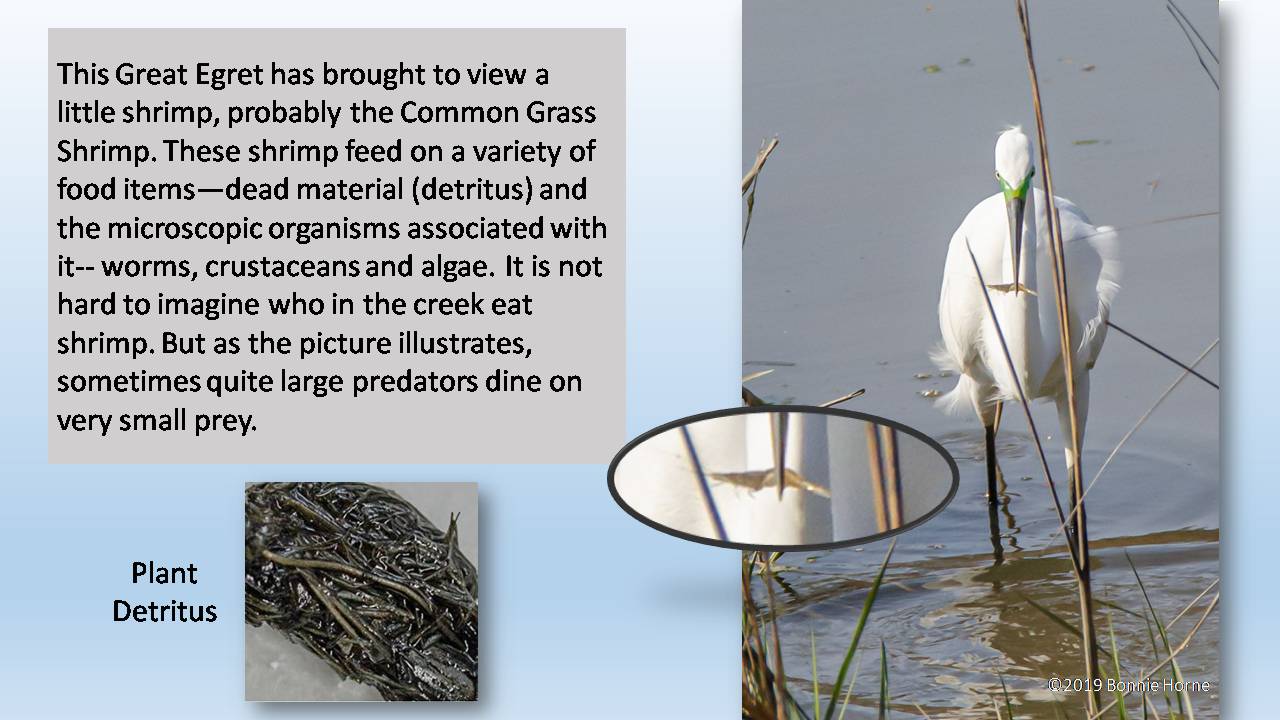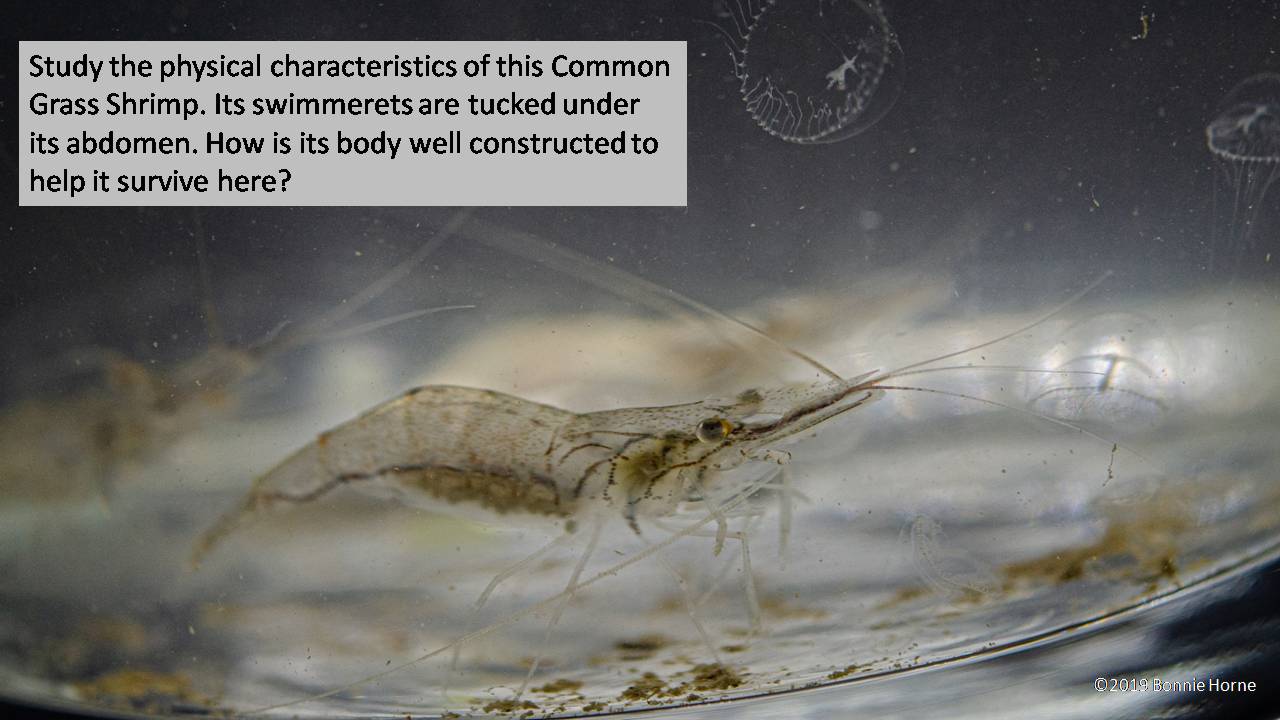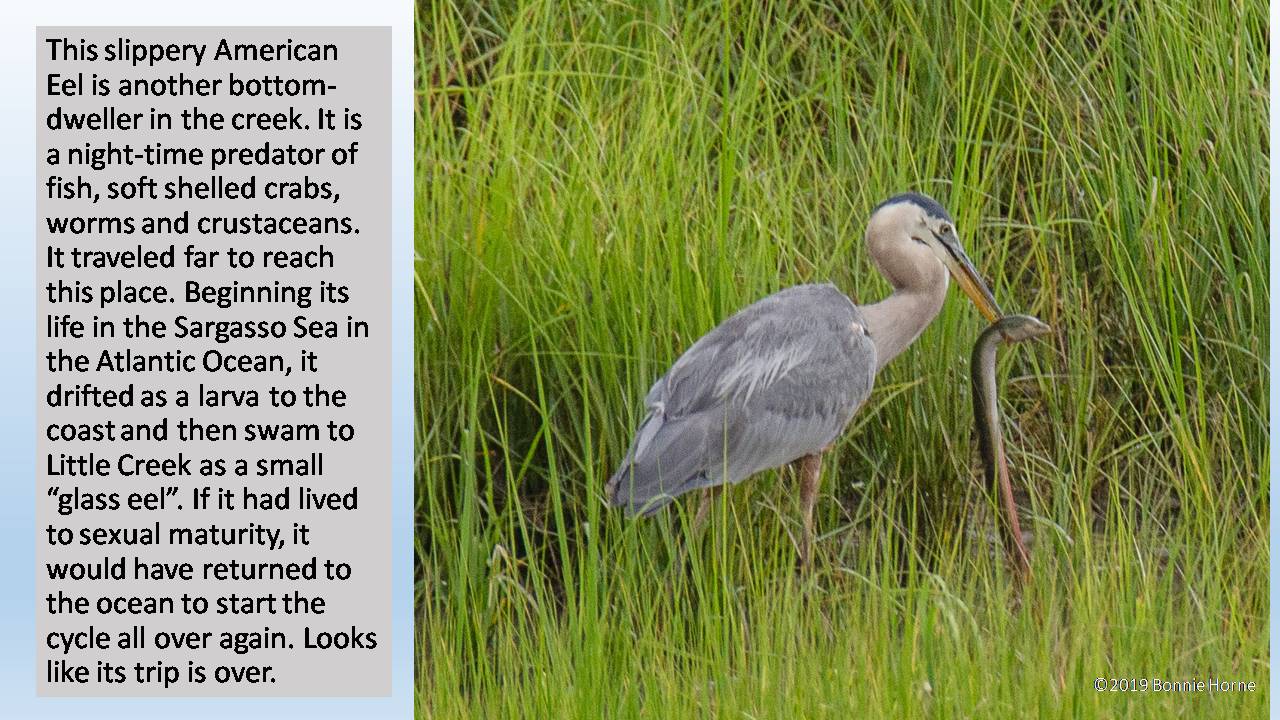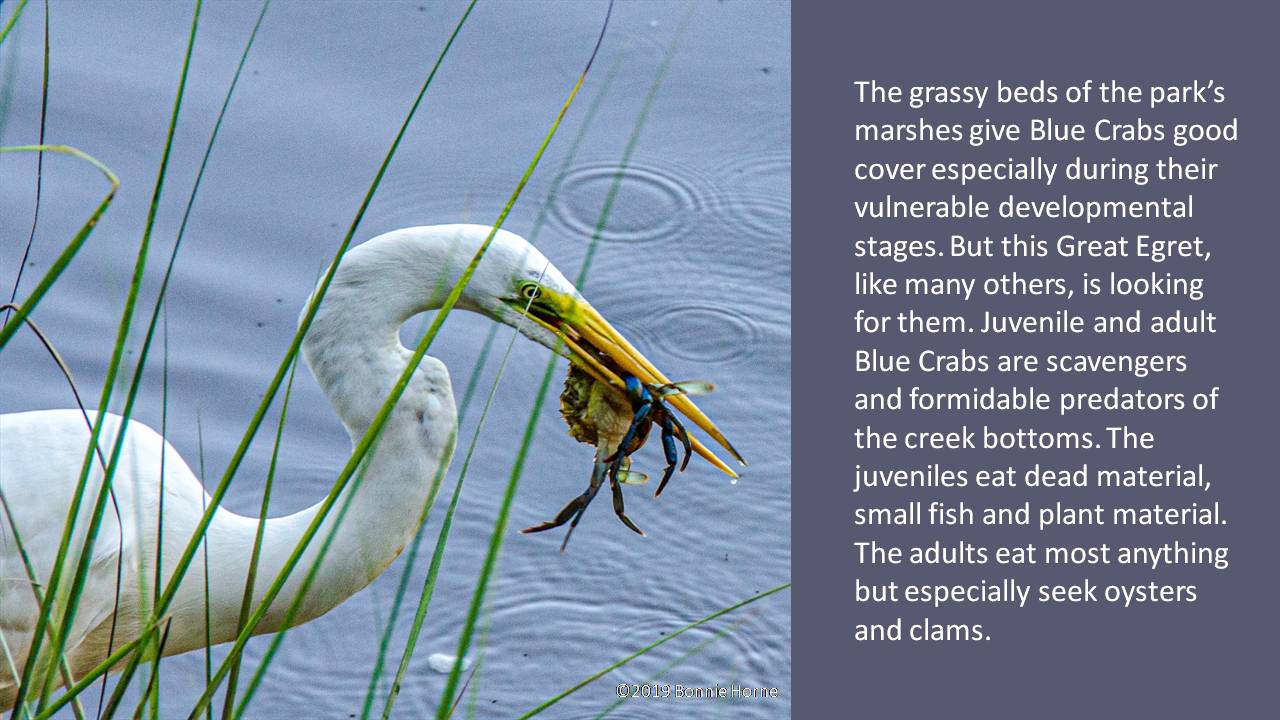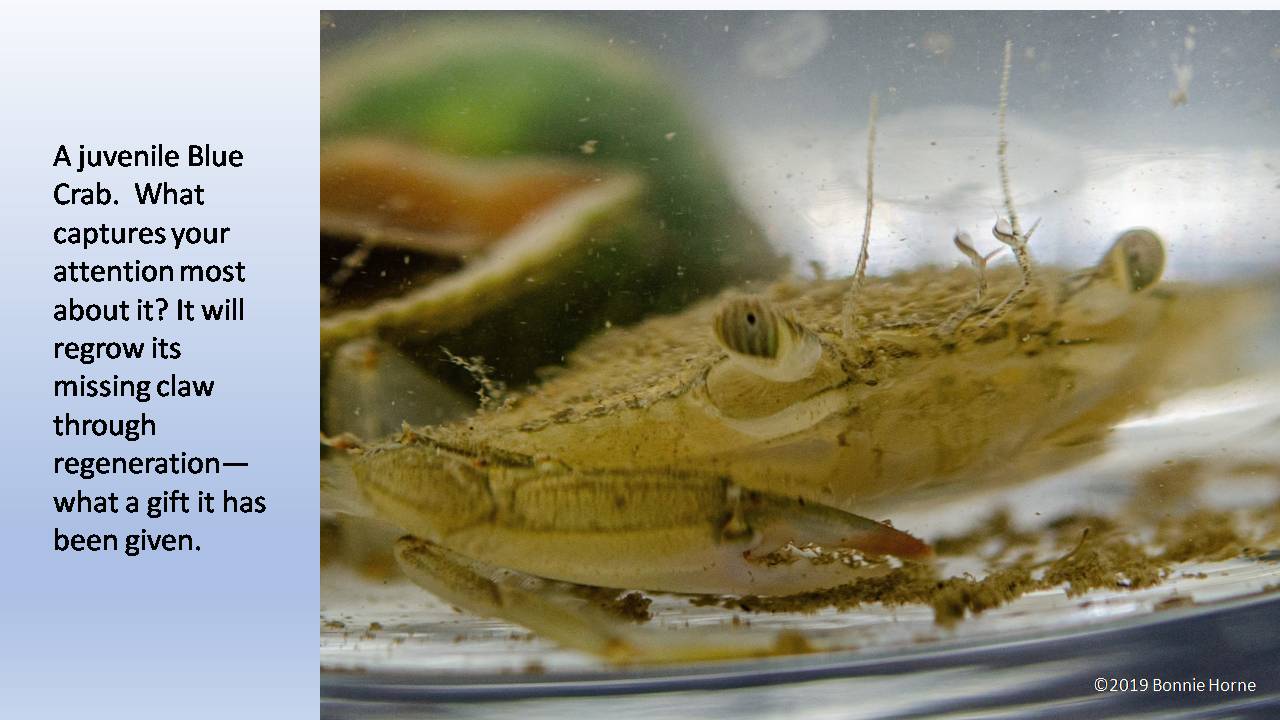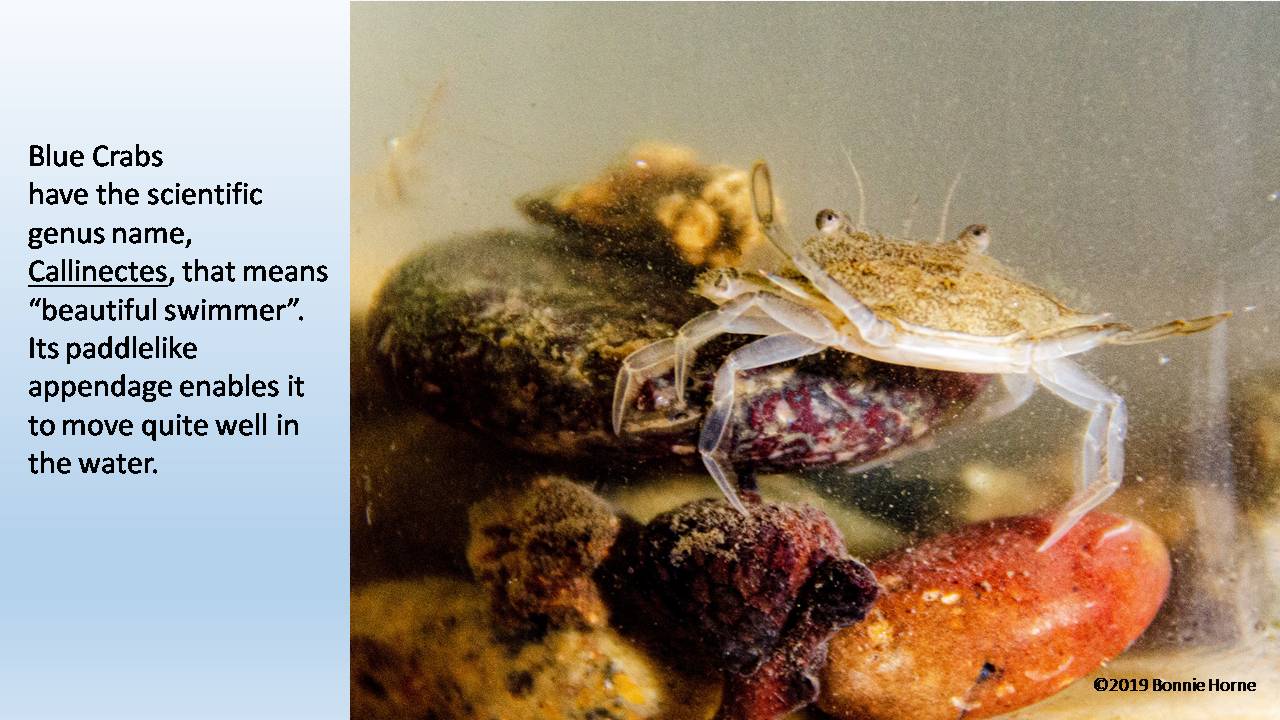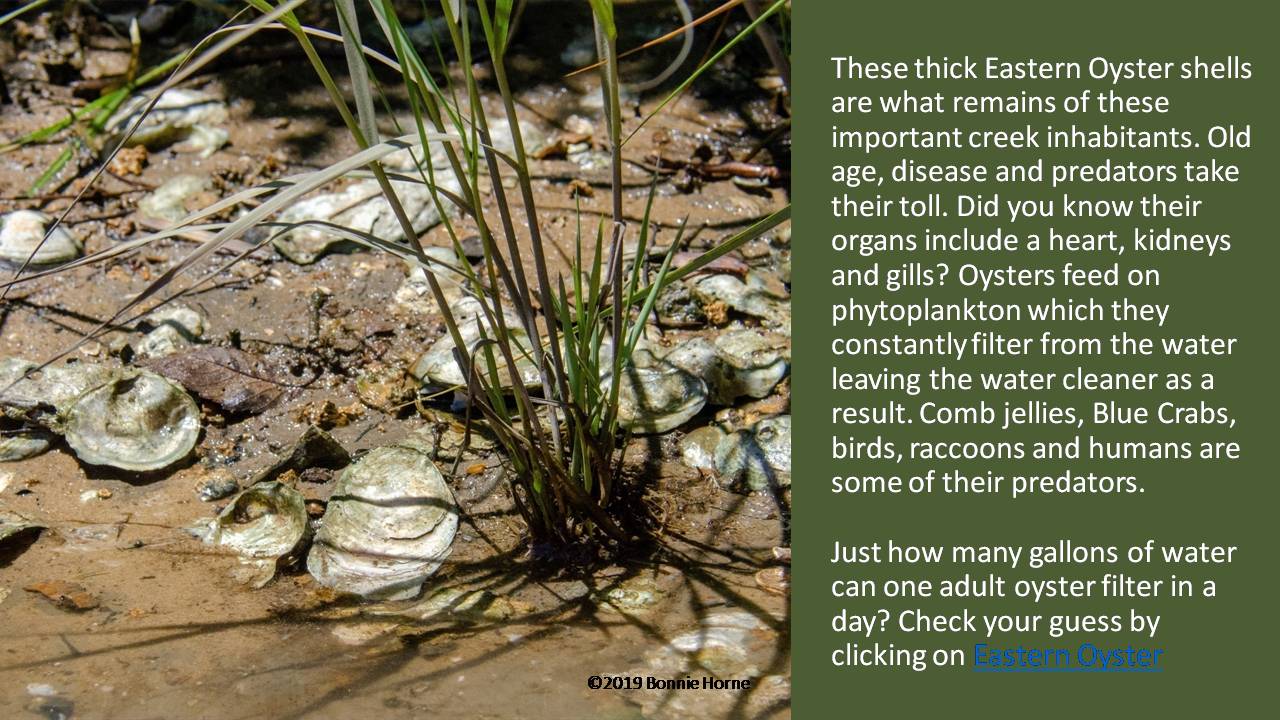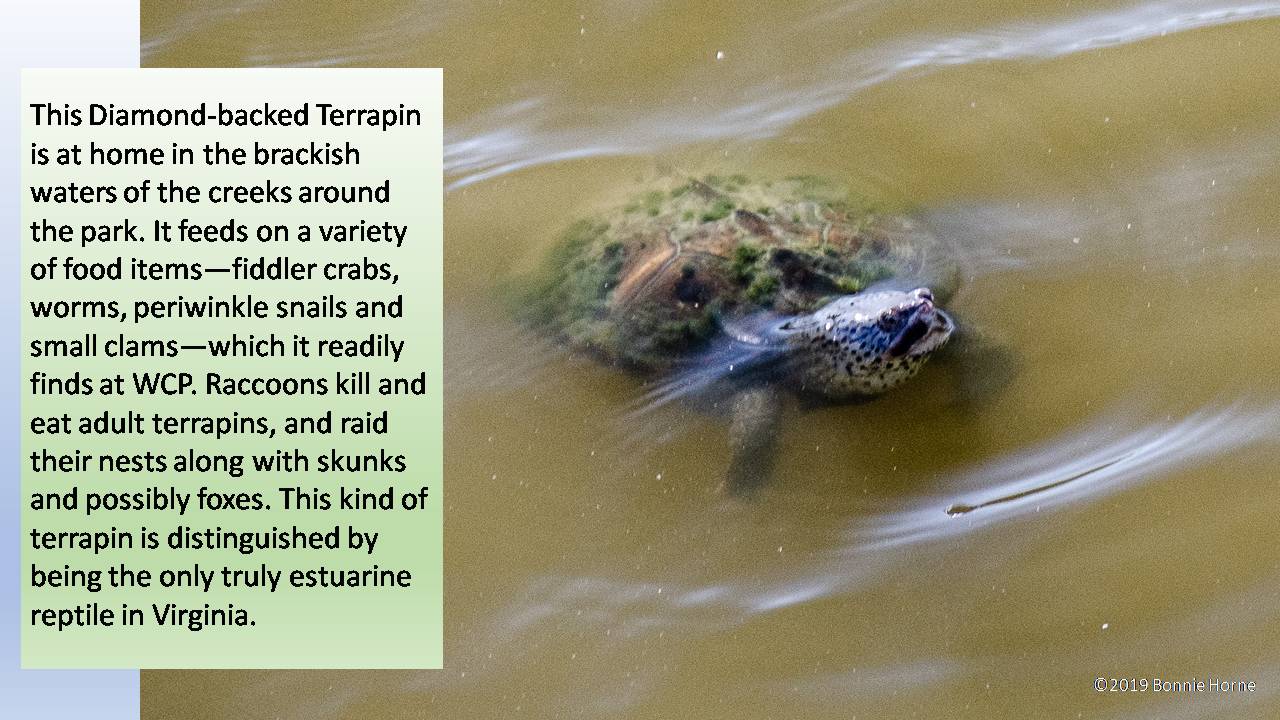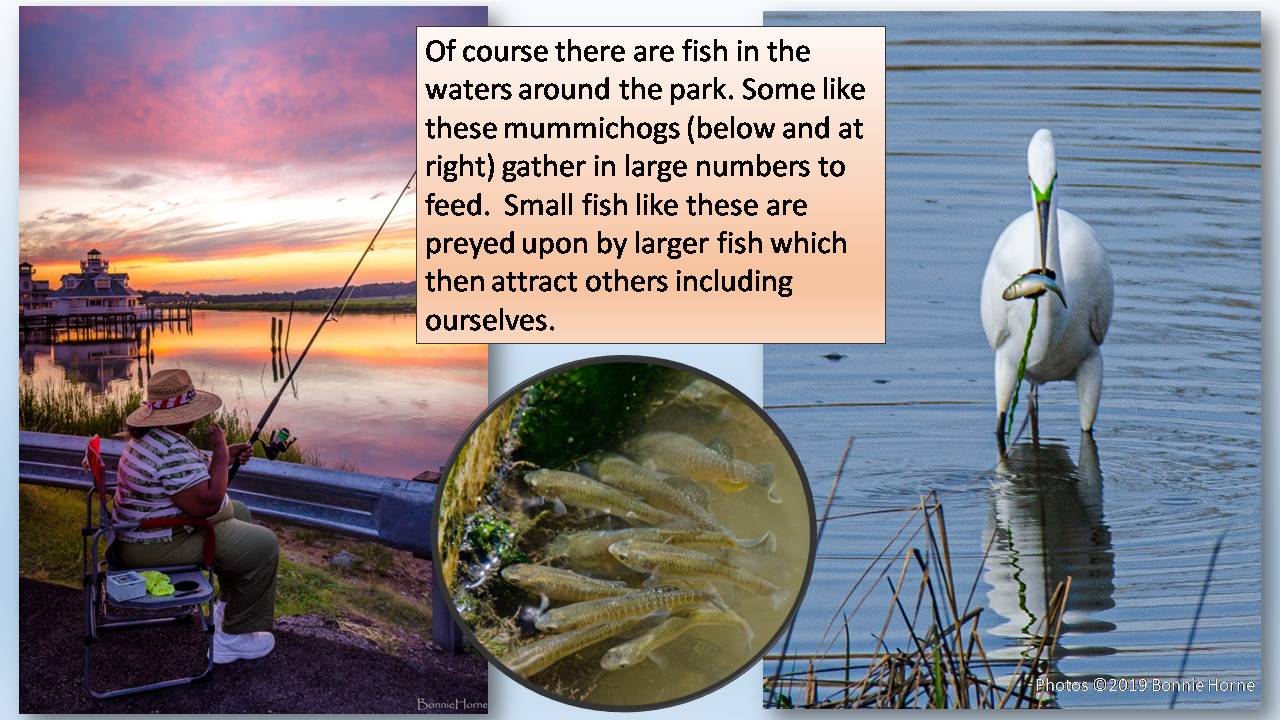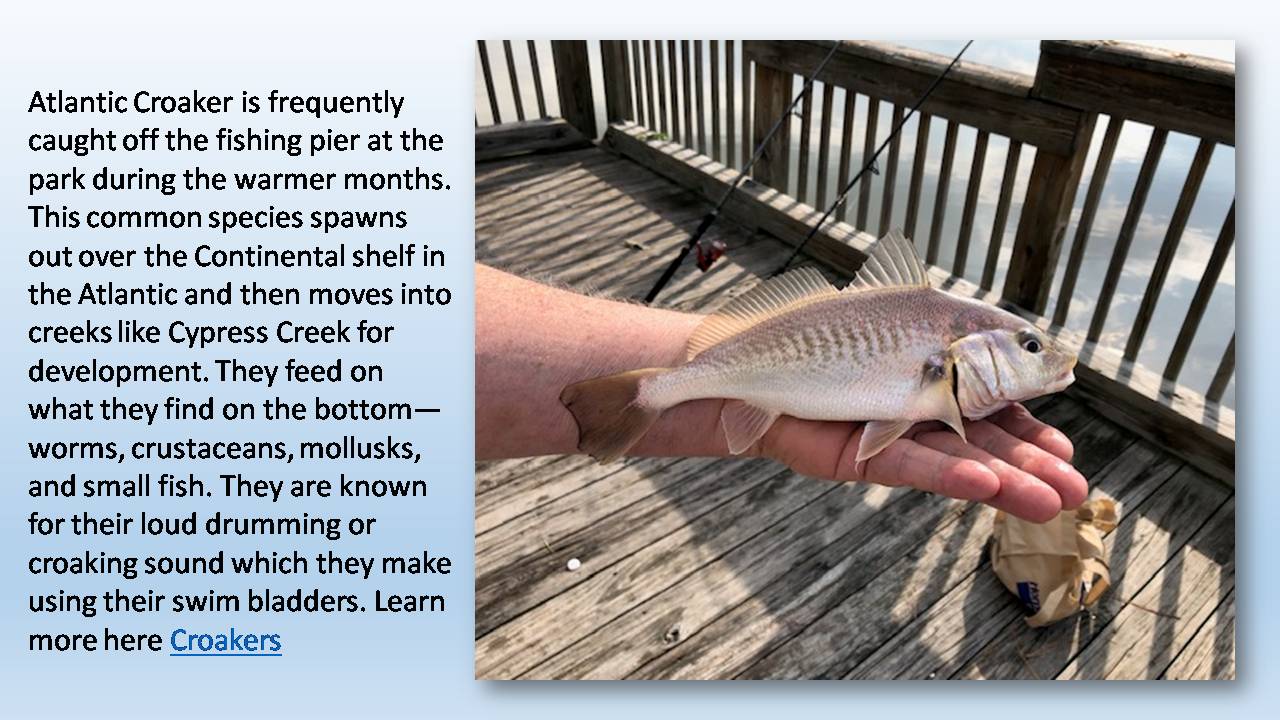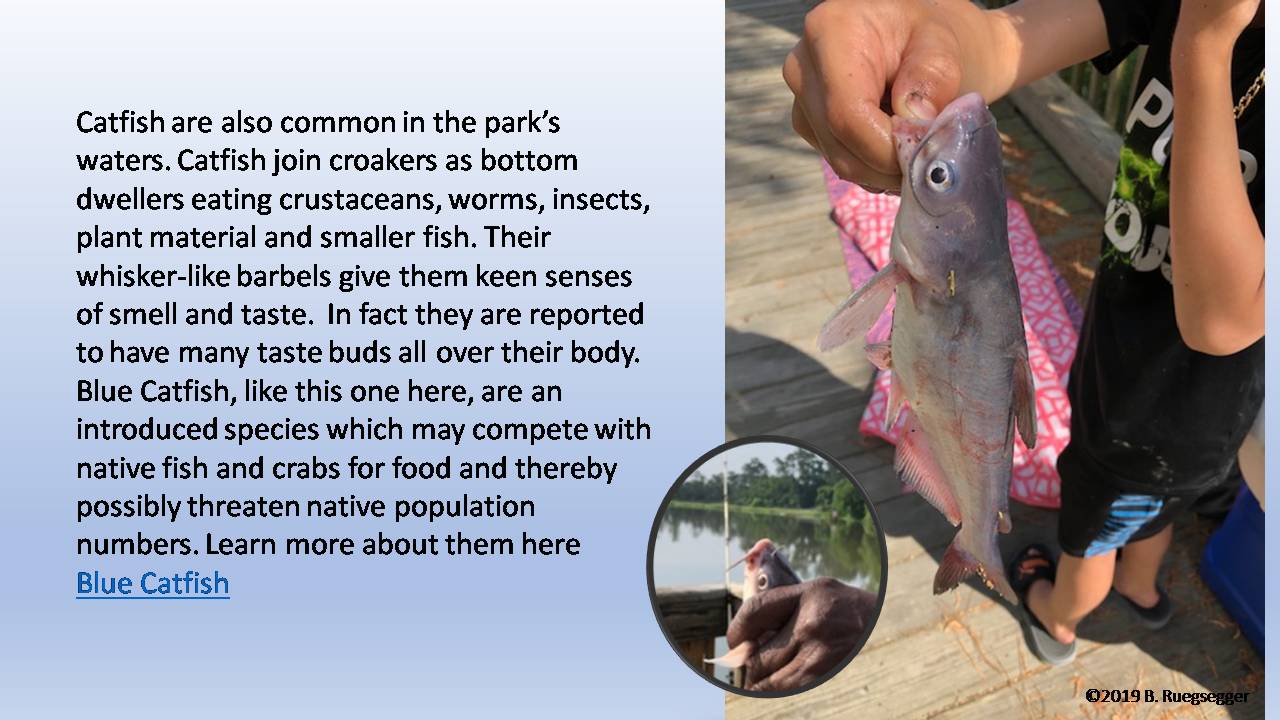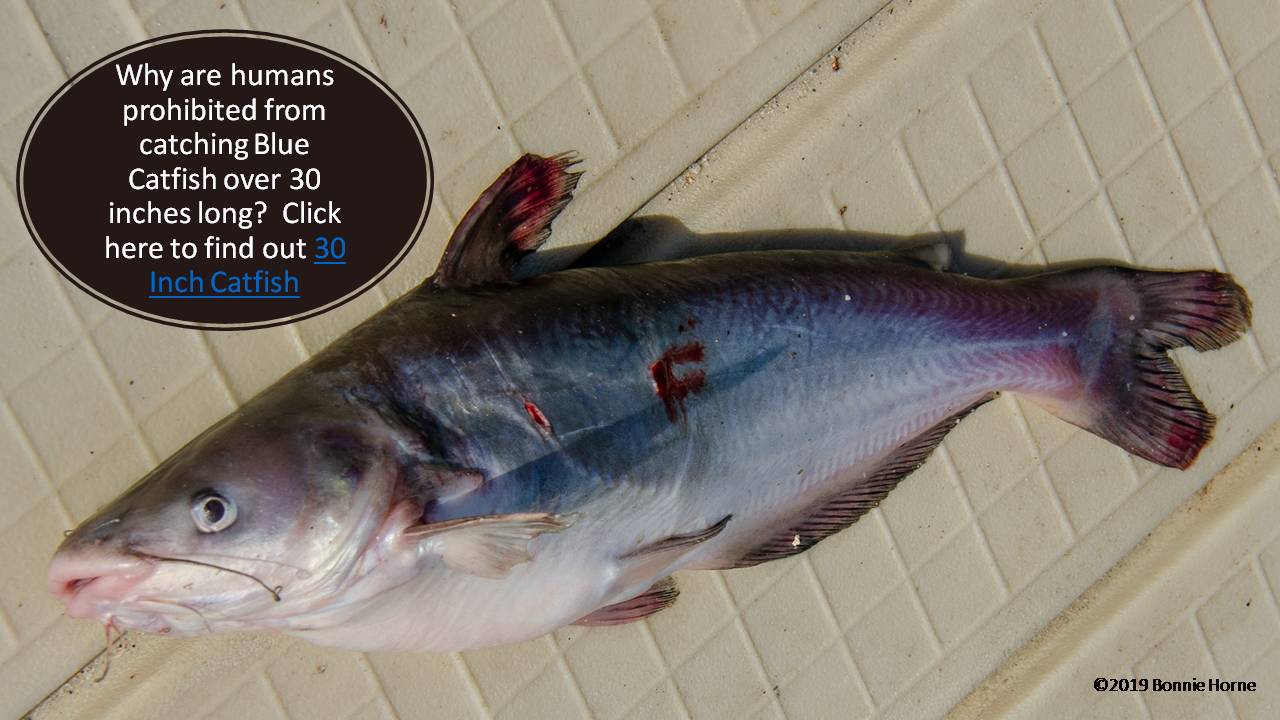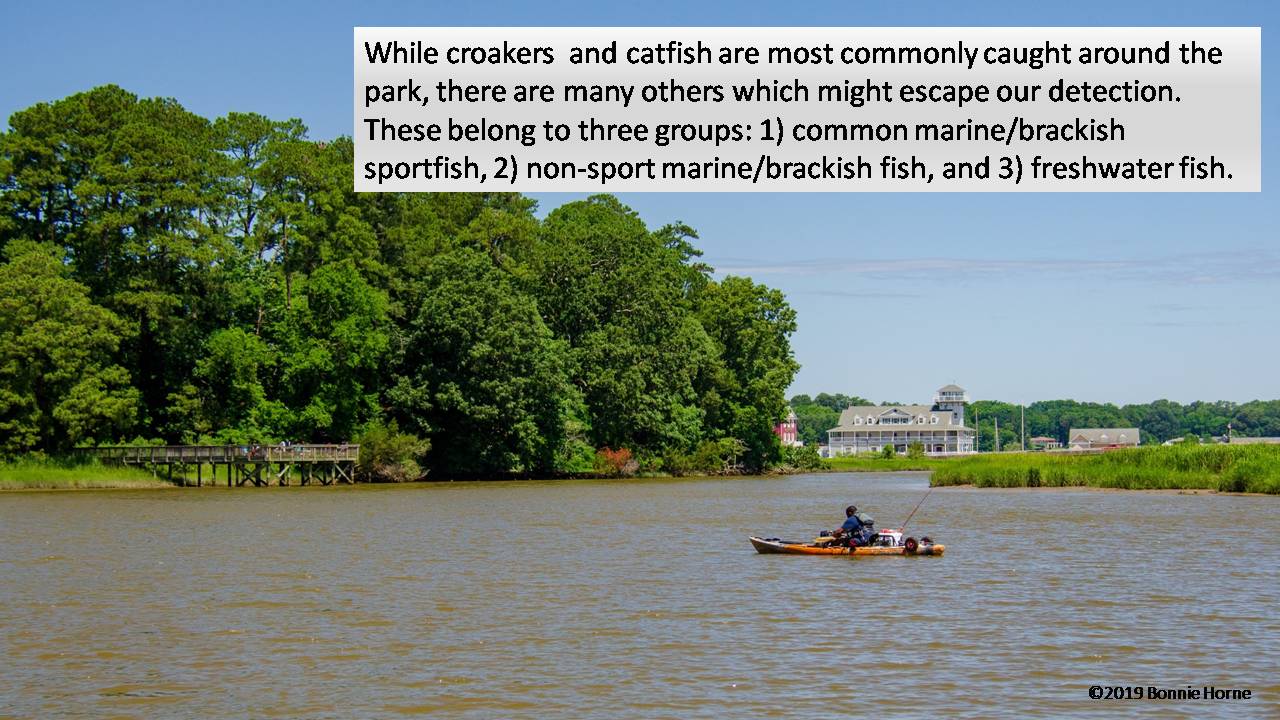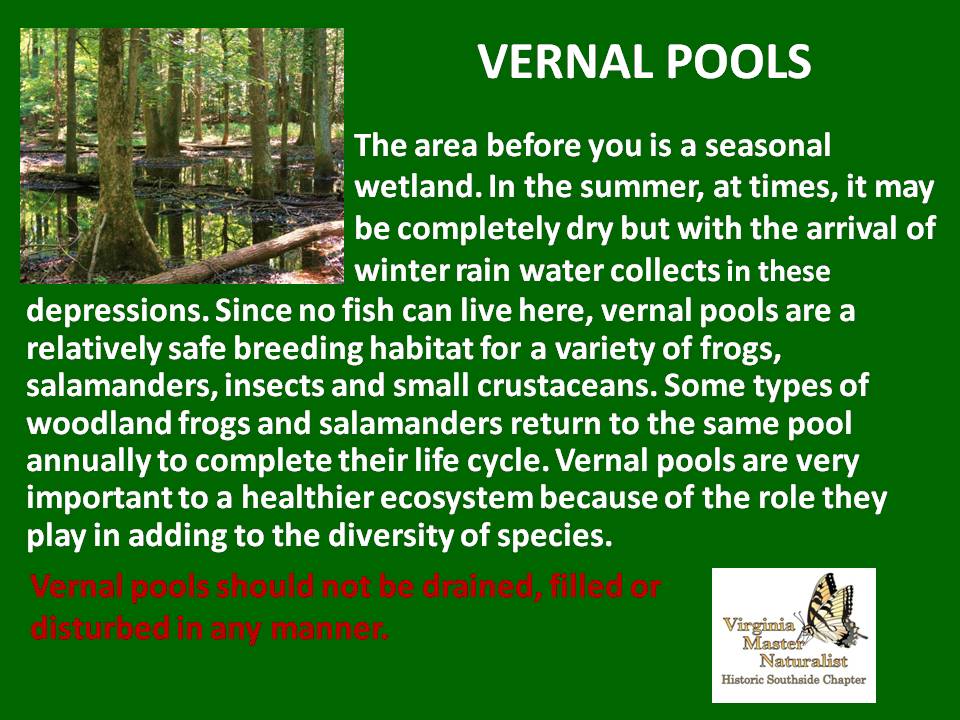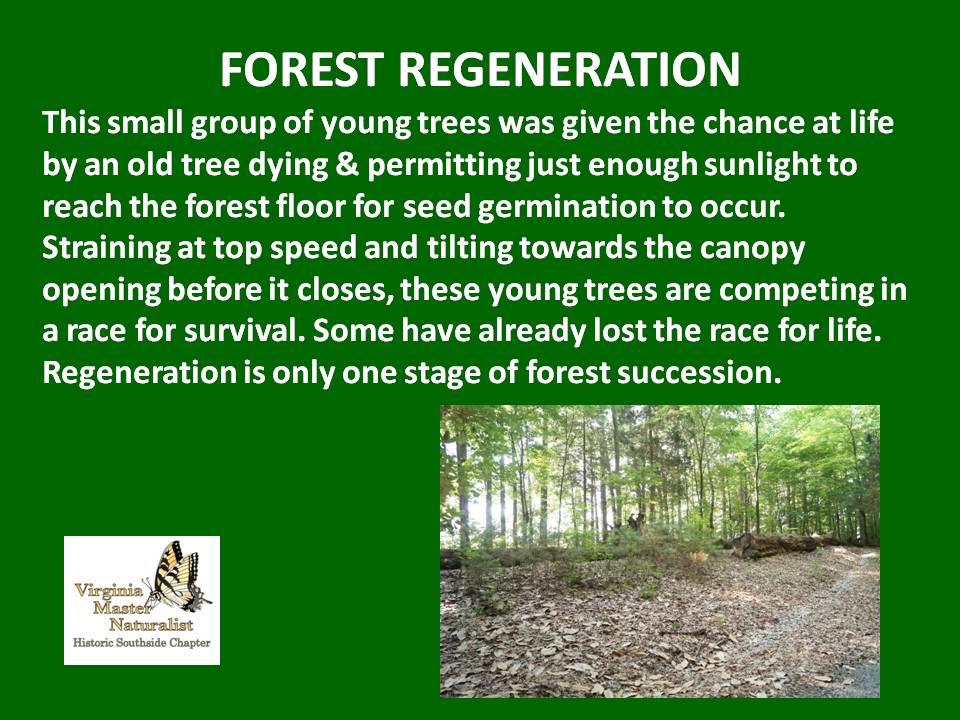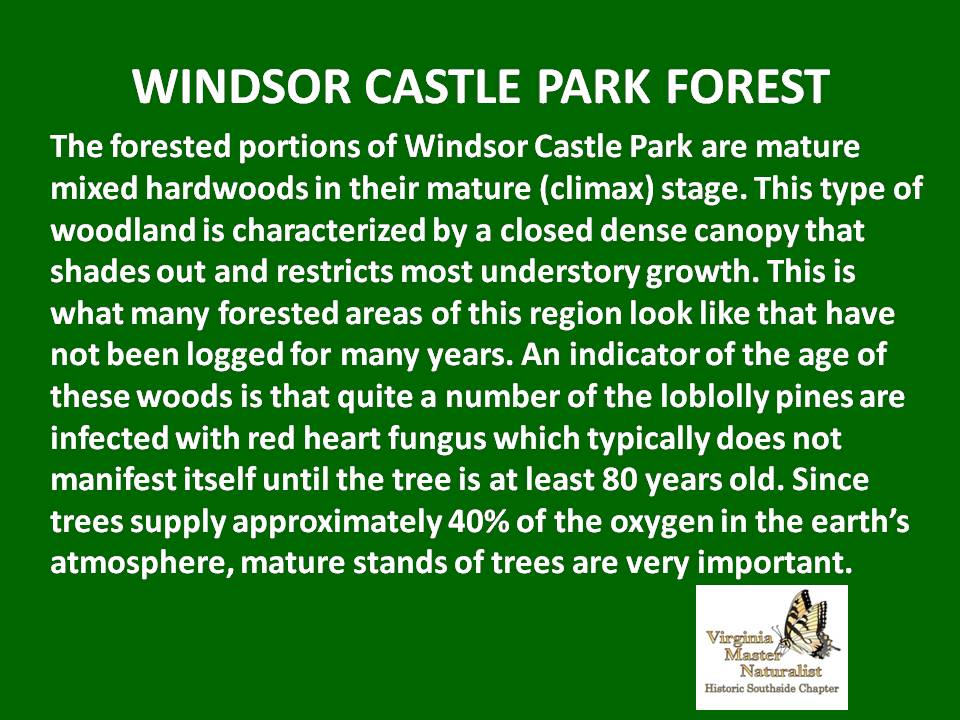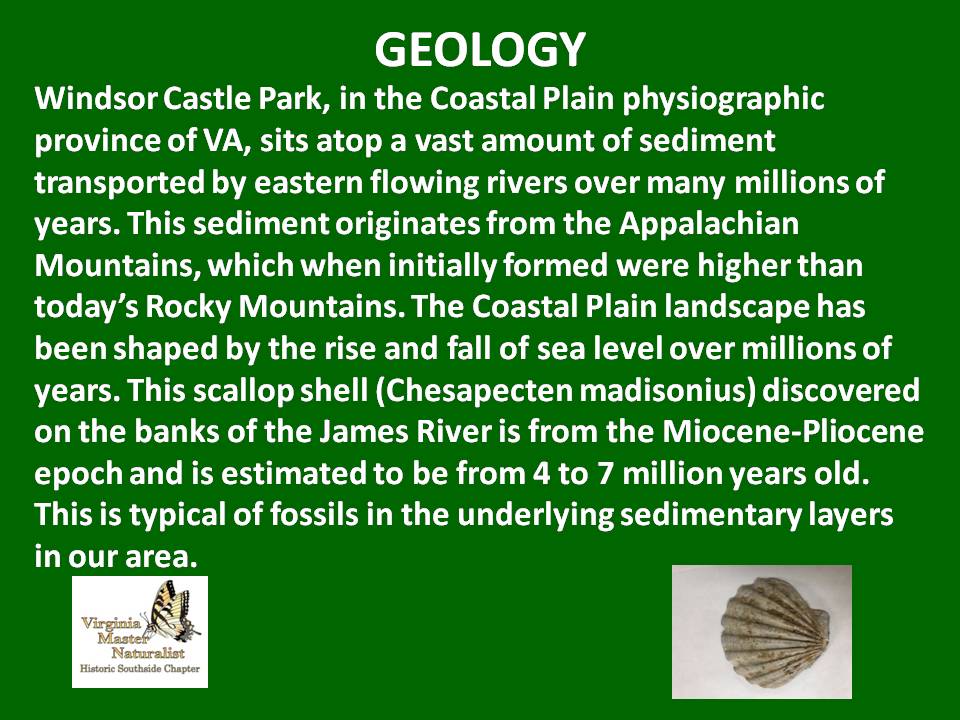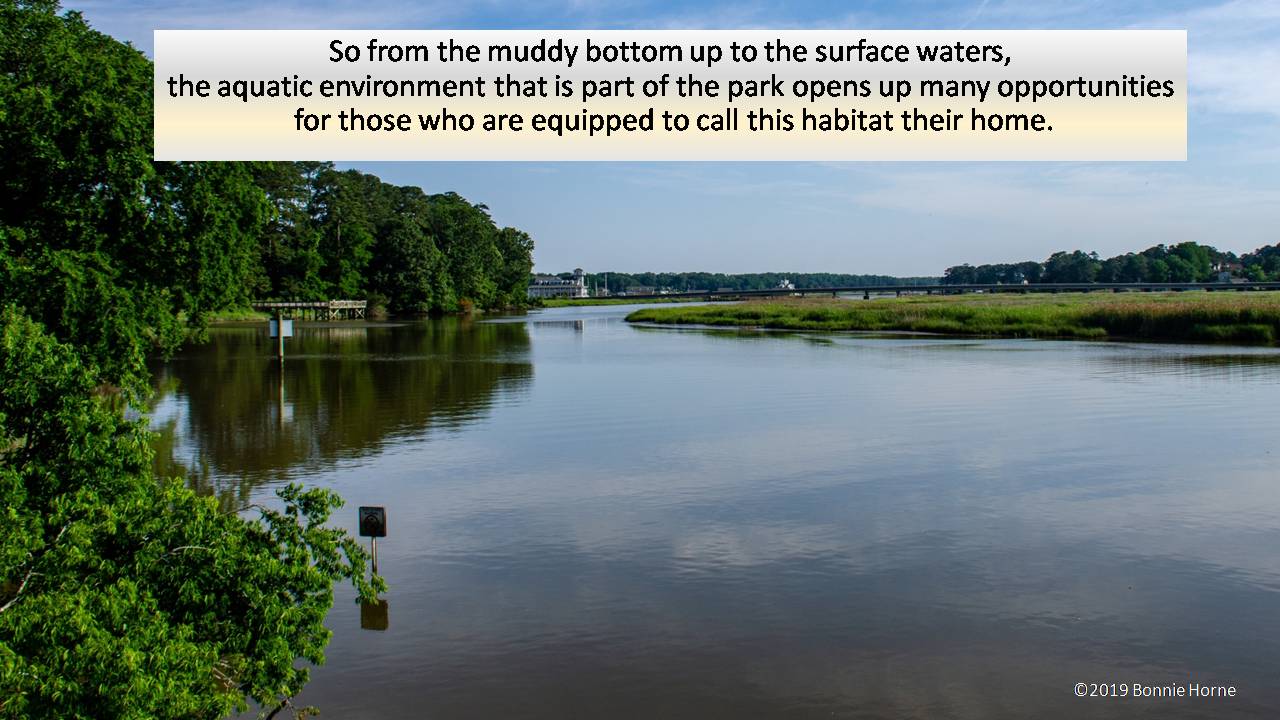The marine/brackish sportfish are fish that we like to catch and eat. They come into the creeks around the park during the spring and summer to feed, grow and mature. Some of these are pictured below. To discover more about these fish, click on the picture for each. You will be linked to an informative description, additional pictures and picture credits. These pictures and information have been supplied by the Chesapeake Bay Program. Their website is a great resource for life in our bay and the issues impacting it. Check it out at https://www.chesapeakebay.net/
A second group of fish are usually not the ones we seek for sport fishing. They are mainly comprised of those which live in the river year-round with a few migrants. Most are native fishes. Click on their pictures to gain information about them along with photo credits.
Finally there are freshwater fish who may come to the area when large amounts of freshwater flow into the creeks (freshet) making salinity low. Big storm events can have this effect. Many catfish species, bass and bluegill belong to this group. Click on their pictures to gain information about them along with photo credits.
